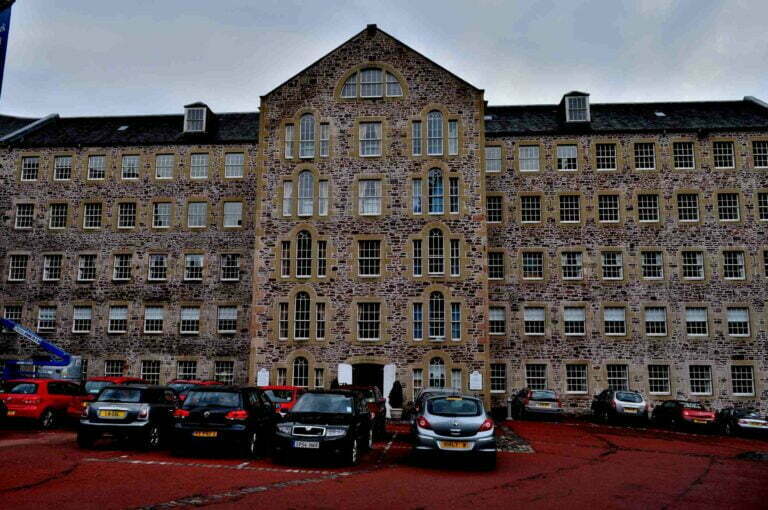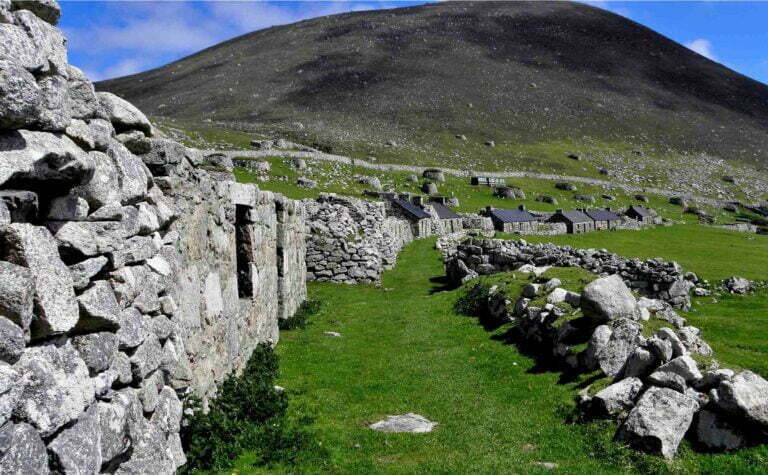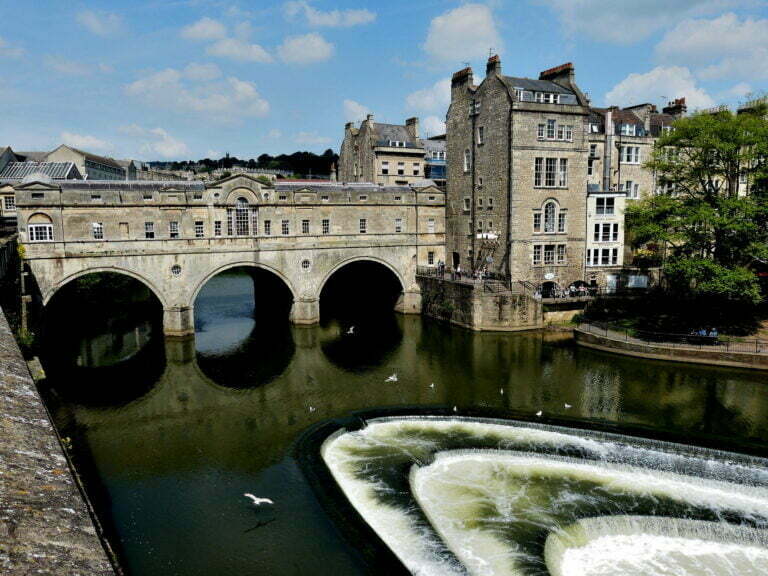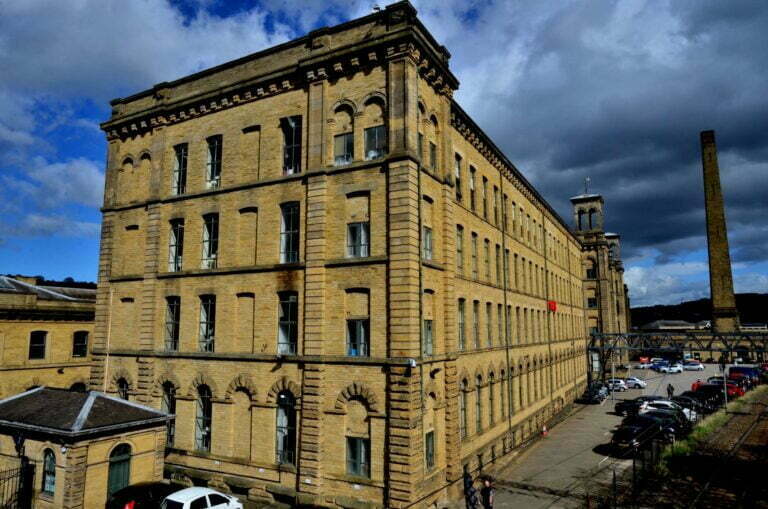
Saltaire is a historic village located in Shipley, West Yorkshire, England. The village is renowned for its well-preserved Victorian architecture and its association with Sir Titus Salt, a 19th-century industrialist. Here's an overview of Saltaire: Saltaire, Shipley, West Yorkshire Saltaire, a Victorian model village in West Yorkshire, UK, carries a rich history dating back to its founding in 1853 by Sir Titus Salt. Named after its founder and the nearby River Aire, Saltaire was conceived as a model community to provide improved living conditions for workers in the burgeoning textile industry. The village was strategically situated alongside the Leeds and Liverpool Canal, with Salt's textile mills at its core. Today, the village remains an essential part of the European Route of Industrial Heritage. 1. Relocation to Saltaire: Sir Titus Salt, a renowned textile manufacturer, relocated his textile mill operations from Bradford to the Saltaire area in 1851. This transformational move allowed him to organize ...
New Lanark is a historic village located in Scotland, near the town of Lanark in the United Kingdom. It is known for its significant historical and industrial heritage and has been designated a UNESCO World Heritage Site. Here’s an overview of New Lanark’s history: New Lanark World Heritage Site 1. Early History: The village of New Lanark was established in the late 18th century by David Dale, a Scottish businessman and philanthropist. Dale was a partner of Richard Arkwright, the inventor of the water frame spinning machine, which revolutionized the textile industry. 2. The Industrial Revolution and Cotton Mills: New Lanark became famous for its cotton mills, which were powered by the fast-flowing waters of the River Clyde. In 1786, Dale purchased the land and established the cotton mills, harnessing water power for the production of cotton thread and cloth. The village quickly grew around the mills as workers and their families settled there. 3. Robert Owen: The ...
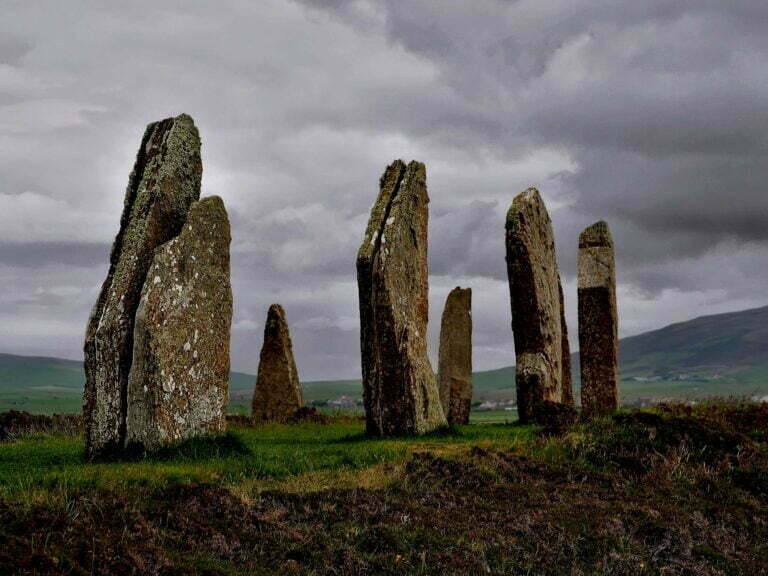
The Heart of Neolithic Orkney is a UNESCO World Heritage Site located in the Orkney Islands, an archipelago off the north coast of Scotland in the United Kingdom. This World Heritage Site encompasses a group of outstanding prehistoric monuments and archaeological sites that provide insights into the lives and practices of ancient peoples. The heart of Neolithic Orkney includes the following sites: Heart of Neolithic Orkney 1. Skara Brae: Skara Brae is a remarkably well-preserved Neolithic village that dates back over 5,000 years. It consists of a series of stone-built houses connected by covered passageways. The village offers a unique glimpse into the daily lives, architecture, and technologies of Neolithic inhabitants. 2. Maeshowe: Maeshowe is a Neolithic chambered tomb known for its well-preserved Viking graffiti. The tomb’s interior features a central chamber with side cells and a long entrance passage. It’s believed to have served as a tomb, a ceremonial site, and possibly an astronomical observatory. 3 ...
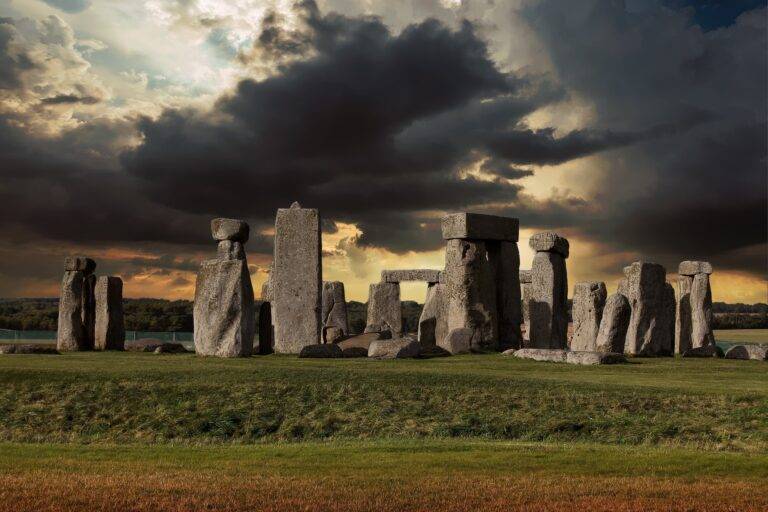
Stonehenge and Avebury are two of the most famous prehistoric sites located in the county of Wiltshire, in the southern part of England, and these sites, along with some other nearby locations, make up a UNESCO World Heritage Site. Here's an overview of Stonehenge Avebury and Associated Sites: Stonehenge Avebury and Associated Sites 1. Stonehenge: Stonehenge is a world-renowned prehistoric monument composed of a circular arrangement of large standing stones. It is believed to have been constructed in several phases over a span of thousands of years, with the main phase of construction taking place around 2500 BC. Stonehenge Facts and History The purpose of Stonehenge remains a subject of debate among archaeologists and scholars, but it is widely believed to have had religious, ceremonial, and astronomical significance. The monument's alignment with the solstices and other celestial events suggests an understanding of astronomy by its builders. Stonehenge is an iconic symbol of ancient British ...
St Kilda is a group of small islands in the Atlantic Ocean. These Scottish islands, part of the United Kingdom of Great Britain and Northern Ireland, became a UNESCO World Heritage Site in 1986. It is 110 miles (180 km) from the mainland and is part of the group of islands called the Outer Hebrides. St Kilda Scotland During the Ice Age, ice did not cover the islands. So they have a barren, rocky interior and sea cliffs that rise to 1,300 feet (400 meters) and are home to the greatest number of gannets in the world. There are also animals like sheep, wrens, and mice that are all unique. In 1930, the 35 people who lived on the largest island, Hirta Scotland, were moved off of it. This was the end of a long history of people living on Hirta, which goes back to prehistoric times. They are in the Scottish council area ...
Henderson Island is located between New Zealand and Chile in the South Pacific. There are four islands that make up Pitcairn. Henderson is from one of these islands. The marine reserve on Henderson Island, United Kingdom of Great Britain and Northern Ireland, made it a UNESCO World Heritage Site in 1988. Where is Henderson island It's in the middle of the Pacific Ocean, 3,200 miles from New Zealand, 3,300 miles from South America, and 180 miles from Pitcairn and its 52 people. It would be hard to find a more isolated place or a better example of a desert island than this one. It is one of the world's biggest marine reserves and one of the world's best coral atolls. This small piece of land is far away and has no people living on it. Even though it is one of the most polluted places on Earth with plastic. Henderson Island Henderson Island is ...
Ironbridge is a structure that crosses the River Severn near Ironbridge, Shropshire, England. It is often written as "Iron bridge." Most people think it was the first bridge made of cast iron. The Ironbridge Gorge is a UNESCO World Heritage Site that includes the bridge, the town of Ironbridge, and the Ironbridge Gorge. Ironbridge is now one of Britain's most important landmarks. Iron Bridge England The half-circle arch of the bridge spans 30.6 meters (100.5 feet) and is made of five arch ribs that each have two parts. Between 1777 and 1779, the iron bridge was built. The plans were made by either Abraham Darby or Thomas Pritchard. The same bridge was made in France a few years ago, but it was never built. Even though the arch is a little bit squashed, the bridge started charging tolls in 1781 and people walked across it until 1950. Ironbridge is both the name of a ...

Blaenavon Iron Works, or Blaenavon Industrial Landscape, located at the upper end of the Avon Llwyd valley in South Wales, United Kingdom, was a UNESCO World Heritage Site from 2000 onwards. Blaenavon Iron Works Blaenavon Iron Works is a unique material representation of the social and economic framework of nineteenth-century industry. The region surrounding the Blaenavon Ironworks gives an extremely detailed picture of the coal and iron industries in South Wales. When it was one of the world's major iron and steel manufacturers in the 19th and early 20th centuries. Coal and ore mines, quarries, a crude railway system, furnaces, the workers' residences, and their community's social infrastructure are all visible in existence. Iron ore has been mined in the Blaenavon mountains since at least 1675. The area was, however, largely undeveloped, with small-scale iron mining and grazing being the only activities. Blaenavon Industrial Landscape Thomas Hill, Thomas Hopkins, and Benjamin Pratt constructed a ...
The City of Bath, founded by the Romans as a thermal resort, grew into a major center of the wool industry in the Middle Ages. It grew into an attractive town in the 18th century under George III, with neoclassical Palladian buildings that mixed nicely with the Roman baths. Bath in England Bath is a city in the historic county of Somerset in southern England. It is part of the Bath and North East Somerset unitary authority. Bath is set in a natural arena of high hills on the banks of the River Avon (Lower, or Bristol, Avon). It is one of the most exquisite and aesthetically distinguished cities in the United Kingdom, having been constructed from native limestone. The late Perpendicular Gothic abbey church of St. Peter and St. Paul, built in the 16th century, is notable for its windows, but it is the richness of classical Georgian houses that line the steep ...
Blenheim Palace was built by the English Parliament as a national present to John Churchill, 1st Duke of Marlborough, at Woodstock, Oxfordshire, England, between 1705 and 1724. Blenheim palace history Winston Churchill, the 1st Duke's renowned descendent, was born at Blenheim Palace, and his life and times are honoured by a permanent exhibition in the suite of rooms where he was born (marked "K" on the plan). At the Battle of Blenheim in Germany in 1704, during the War of the Spanish Succession, he led the English to victory over the French and Bavarians. Sir John Vanbrugh created the palace, which was heavily influenced by Nicholas Hawksmoor and is widely regarded as the finest example of true Baroque architecture in the United Kingdom. Henry Wise, Queen Anne's gardener, planned the palace grounds in the formal style of André Le Nôtre's famous gardens at Vaux-le-Vicomte and Versailles in France in the early 18th century. Because ...
Tower of London, sometimes known as the Tower, is a royal fortification and a famous London landmark in the UK. Its structures and grounds have served as a royal palace, a political prison, an execution site, an armory, a royal mint, a menagerie, and a public records office throughout history. Tower of London history Tower London is situated on the north bank of the Thames, in the far western part of the borough of Tower Hamlets, on the outskirts of London's core city. William I the Conqueror began erecting fortifications on the site shortly after his coronation (Christmas 1066) in order to dominate the local mercantile community and control access to the Upper Pool of London, the major port area prior to the construction of docks further downstream in the 19th century. The central keep, known as the White Tower, was built of limestone from Caen, Normandy, in around 1078, close to the old ...
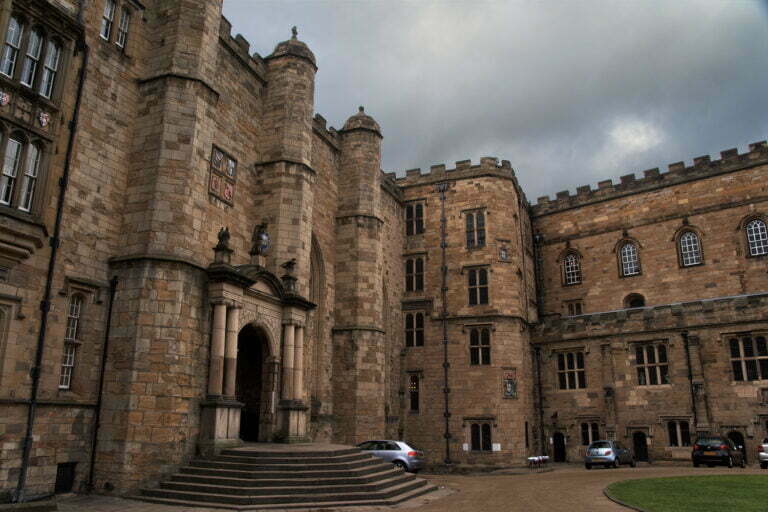
The relics of St Cuthbert (Northumbria's evangelist) and the Venerable Bede were housed in Durham Castle and Cathedral in the late 11th and early 12th centuries. Durham Castle and cathedral are the largest and finest examples of Norman construction in England, and they attest to the importance of the early Benedictine monastic community. History of Durham Cathedral The city's previous "White Church" was demolished in 1093, and the current Norman-era cathedral began construction in 1093. The cathedral and Durham Castle were both declared UNESCO World Heritage Sites in 1986. The vaulting's inventive daring foreshadowed Gothic architecture. The castle, a historic Norman fortress that served as the residence of the prince-bishops of Durham, is located behind the cathedral. Durham Cathedral was constructed between the late 11th and early 12th centuries to hold St. Cuthbert's relics (636–487). Northumbria's evangelist) and the Venerable Bede (672/3-735 AD). It is the largest and finest example of Norman construction in ...

Canterbury is the historic town and surrounding city. It is in the administrative and historic county of Kent, in southeastern England. Canterbury Cathedral has been the primary ecclesiastical center of the United Kingdom since the early 7th century CE. Canterbury cathedral England For nearly five centuries, Canterbury, in Kent, has served as the spiritual seat of the Church of England's spiritual leader. The tiny Church of St Martin is one of Canterbury's other noteworthy landmarks. The modest Church of St Martin, England's oldest church; the ruins of St Augustine's Abbey, a reminder of the saint's evangelizing role in the Heptarchy from 597; and Christ Church Cathedral, a breathtaking mixture of Romanesque and Perpendicular Gothic, where Archbishop Thomas Becket was murdered in 1170, are among Canterbury's other important landmarks. Canterbury, the surrounding countryside, and a region stretching to the Thames estuary, including the beach resorts of Whitstable and Herne Bay, make up the city, which ...


